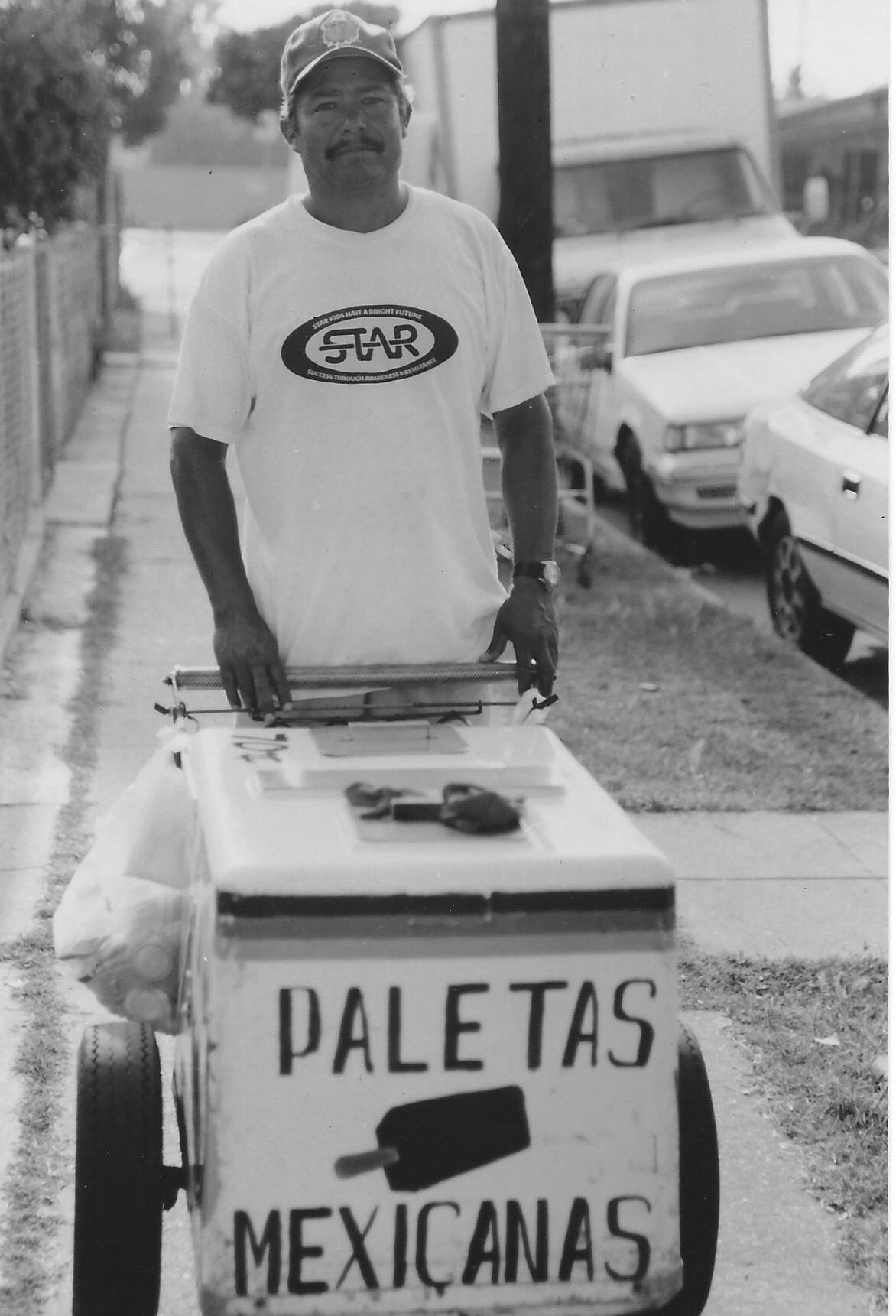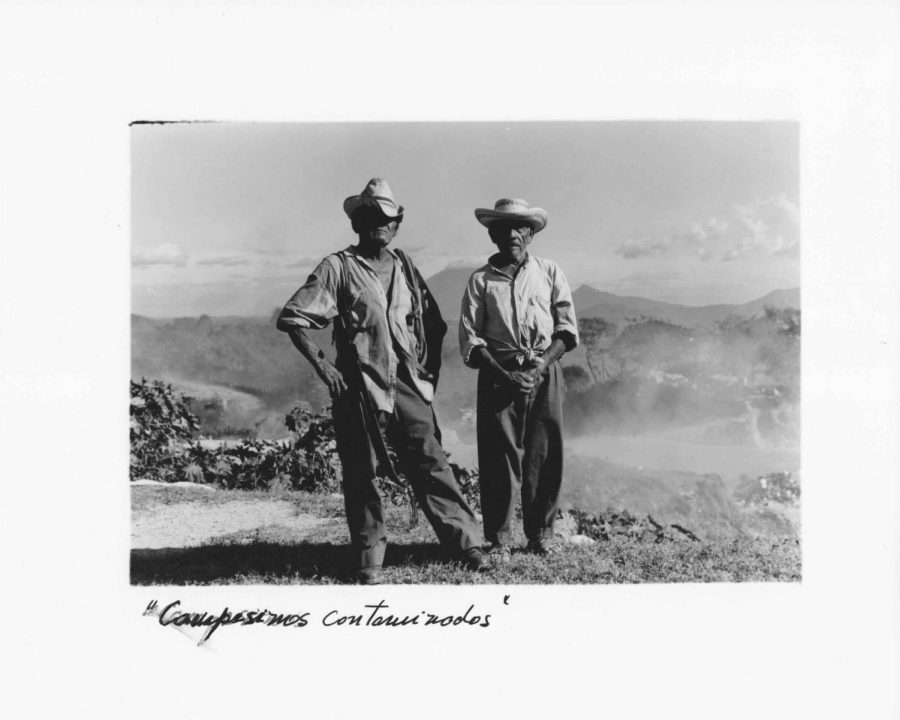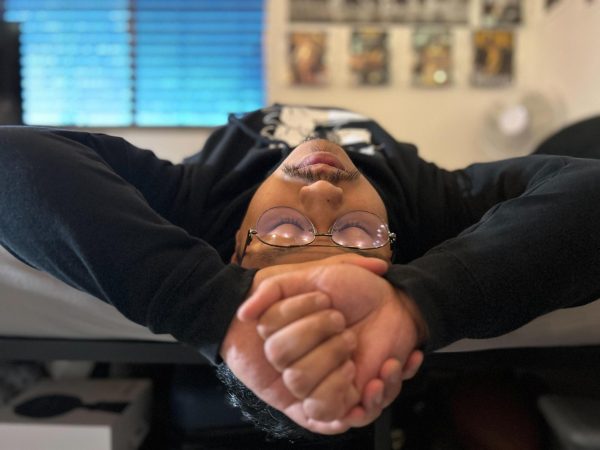The Spirit of a Latin American Artist
A look into the photographic work of a South American artist in the late 1990s and early 2000s, before the digital age emerged.
She is a slender woman, dramatically delicate but with a powerful heart. Some would argue that this at times, created too much tension for one to handle. Her European characteristics were reflected on the light skin tones and the curly blonde hair. She was always dressed accordingly, professional with a mild touch of elegance. There was an emotional fragrance about her — passionate to say the least. Even to this day, she still continues to stand by this character: admirable, absorbed, curious, creative.
Amanda Unzueta was born in Santiago de Chile in 1955, where she discovered her artistic abilities. She would fall in love and get married in her early 20s and had her first daughter on July 16, 1974. Unzueta studied for two years at the Universidad de Santiago and would soon endure a “painful” divorce prompting her to leave Chile for a couple of months and head towards Los Angeles, California. The rest was history.

After spending some time in Los Angeles, Unzueta ditched the idea of moving to Spain where she had relatives living in the southern part. Instead, she decided to accept a job opportunity in California. It was the mid-1980s and her newfound photographic career took off. Unzueta then remarried and had a second daughter. She found steady income by taking pictures of weddings and family events, mainly of Mexicans throughout the metropolitan of Los Angeles. Her days spent taking pictures of family events were never wasteful, but eventful, full of focus and high intensity. There were times that she would burst herself to stress, sometimes even rage for missing crucial moments, or even running out of battery power and film. She worked extensively. If one would have seen her office room inside her Northridge home, it wouldn’t take a guess to acknowledge her commitment to not only wedding photography, but to her personal work.
A lot of Unzueta’s photographs are poignant, but had to do slightly less with journalism and more with this surrealist approach. It was still a mix of both. Her reality was a fine art that gave her the inspiration to express herself by relating to people and the Mexican culture which she fell strongly in love with over time. Los Angeles seemed perfect, bridging her South American roots to a city sophisticated with Latinos and Latin Americans. She worked cautiously, attentive to the details of the every day life that moved rather swiftly in a city like Los Angeles. This reflected a lot on both her street work and pictures she took of murals. While her surrealist work highlights close up portraits of flowers, plants and landscapes.




Aside from Los Angeles having an immense influence on her visual language, Unzueta set out to travel to Central America, particularly spending time in El Salvador. She spent a great deal of time going back and fourth from Los Angeles and documented families who were living off the large garbage dumps in the outskirts of San Salvador, the capital of El Salvador. The city is known for its gang violence and being one of the most populated and condensed cities of all Central America. As well, the political and social climate has heightened to higher intensities since.
“There were a lot of things that occurred during the course of my time in El Salvador,” Unzueta claimed during an interview inside a small local diner in North Los Angeles, a place she would often go to during the early 2000s. Her project on clandestine garbage dumps received attention from local communities in San Salvador, including from a humanitarian organization that helped gather clothes, toys, books and food for the children and families living off the landfills of urban waste.
“People couldn’t believe it like, wow, a Chilean woman is doing all of this? The government needed to step up and notify these organizations to assist and take part in this movement for human rights and that’s what they did.” She expressed, “But I knew I would never finish this project, furthermore this fight. It was bigger than just my pictures. These people were exploited, unheard off — illegal and hazardous. It was ruining the environment.”
Unzueta was driven through her developing connections and relationships she began to establish as trust in El Salvador. However, Unzueta had also been working in gang territories such as the MS-13 territories. She recalls working in a small pueblo called Tremedal in Chalatenango, a department that stretches to the Honduran border.
“Things became edgy and I started receiving death threats. People urged me to leave and I stayed for as long as I could.” Putting her lips on the red smeared rim of her coffee cup she continued after a sip, “Now, there is a proliferation of clandestine garbage dumps all throughout Latin America. In Chile, there were never sights to be seen like the ones in Central American nations. That has changed drastically. We are in a period of globalization and that’s why poverty is trickling down all over the world at an immense pace — all of that is mafia-like character from our world leaders.”
During an interview, she recalls that most of the children she knew were either orphaned, or their parents had migrated to the United States where they settled mainly in Los Angeles. It was the unwritten narrative that molded her personal journey and photographs into a collective piece that reflected much on the city of Los Angeles. Unzueta was unspoken of, hardly on the international spotlight among Latino and Latin American artists, but she embraced the elements of locality and the recognition it brought. She became a part of this pillar that had taken form in Los Angeles by artists such as, painters, muralists, photographers and musicians, all who came from unique heritages and embraced the city wholeheartedly.
This is what makes the city of Los Angeles so extraordinary — it separates itself from any big city in the United States. It’s merely impossible to distinguish another city such as this one. It’s people like Unzueta who had planted their seeds in this metropolitan. The seeds have now become roots, traced down to Mexico, to Central America and to South America. The art is more than the veins, but the historical context of culture, perseverance, pride, struggle, violence and vibrancy.






These images, for years, have been stored inside one of her friends storage rooms, close to where she lived for many years in North Hollywood, near Valley Village. The darkroom which shut down about a decade ago, was down the street from this particular storage room. Revisiting and discovering these particular set of images resembled the lack of light and admiration this body of work had received. Photographs shot on film creates this organic layer of nostalgic authenticity; a time that seems so long ago. The fact that all of her images were inside a storage, symbolized the time period that she was from.
Now, images can be kept inside hard drives and iCloud. Film did not grant instant gratification. Instead it required curiosity, love, passion, and patience — traits that resembled the personalities of a vast majority of film photographers. Film was a lifestyle that holds (to this day) the core principles of photography, and furthermore, storytelling. People can look back at Unzueta’s work with authentic aesthetics, resetting a pair of eyes that have been conditioned through digital analogue and photoshop.
What if Instagram had existed during Unzueta’s heightened career? Would she had been admired extensively, or lost in the visual translation of today? The digital age has brought so many creative assets and tools to the field of photography, while at the same time it has decimated careers and bodies of work from the older generation. What had been rediscovered inside this storage room is only a glimpse of the life of this woman who took on the challenge of achieving the unachievable: traveling for a humanitarian cause, documenting families through local family events, raising her children and expressing her own vision without the need of external validation. This is Amanda Unzueta, a Chilean artist who helped give this city of Los Angeles another voice that speaks with artistic and expressive literacy.





For more information on Amanda Unzueta’s work contact [email protected]. All rights reserved. Do not use without consent.
Story written by Pablo Unzueta. Photographs archived and scanned by Pablo Unzueta. You can follow more of my work on here.











